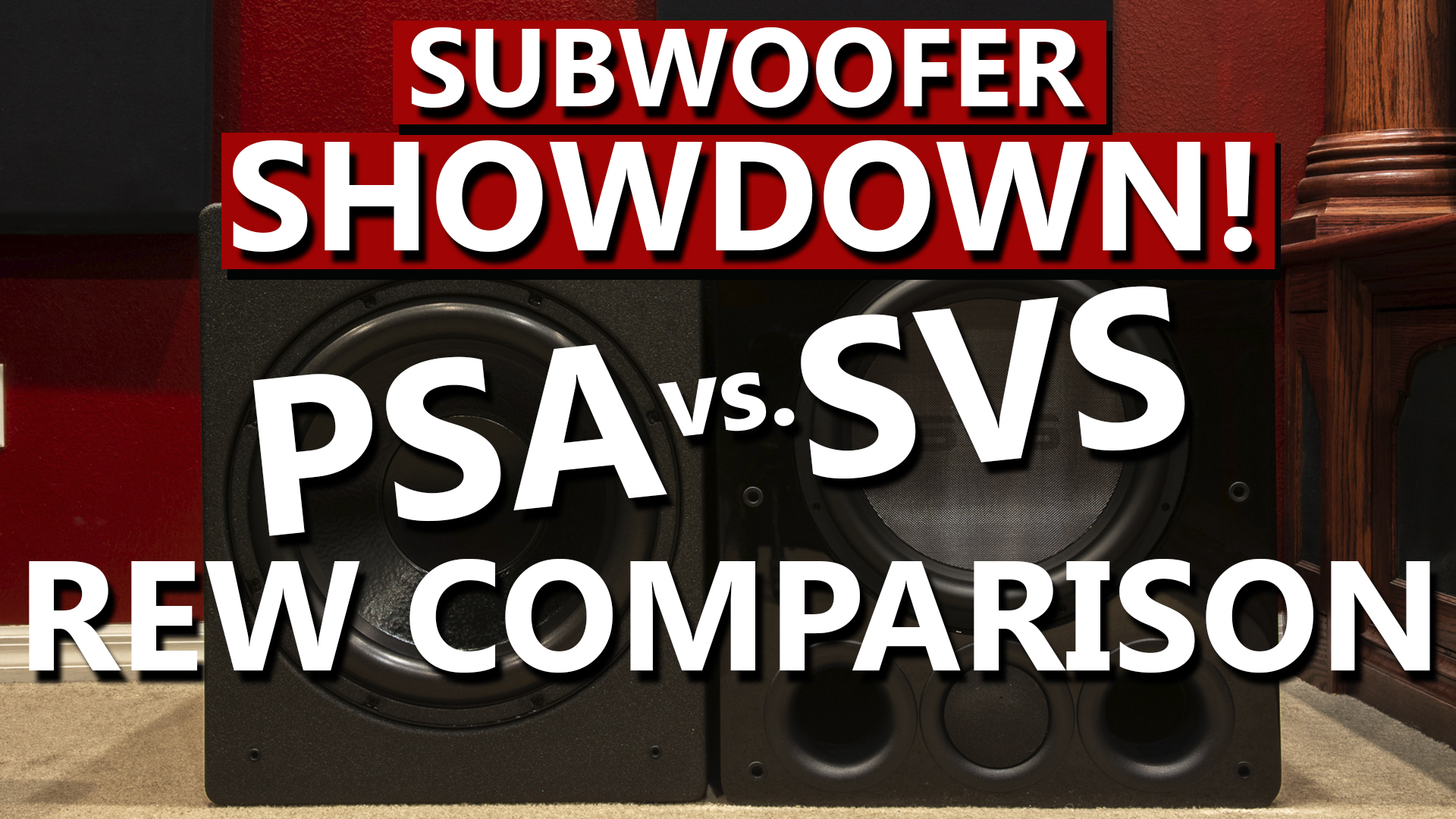

- Fuzzmeasure vs rew how to#
- Fuzzmeasure vs rew pro#
- Fuzzmeasure vs rew software#
- Fuzzmeasure vs rew download#
- Fuzzmeasure vs rew mac#
Sort of, you put the mic in different places, the listening spot, the back of the room, a few others and you play a combination of sweep tones, blips and white or pink noise (not all at the same time.) then the software shows you a waterfall graph of the frequency response, another of the RT. Does that sound sensible? It would work for bass traps maybe.
Fuzzmeasure vs rew mac#
Thinking about FuzzMeasrure (which is mac only, so no good for me) I have a vague memory of seeing a video someone "shooting a room" using a mic, and I guess it must have been a frequency graph? So you play stuff, poke your mic into different bits of the room and see if the frequencies coming back are the same as in the original. If you've got more money that sense, take a look at these little boxes of voodoo, they are unbelievably good. I did think about building the bass traps myself, but I'm just not that good at DIY and EQ do some really good packs. It's a great little room measurement tool, but it relies on the quality of the mic and speakers, best used with a good Omni and whatever monitors you intend to use in the room.! I'm going to investigate.! Edited Septemby Skol303 I used Fuzzmeasure to get the basic plot of rooms to tell me where the problems are
Fuzzmeasure vs rew how to#
Lots of tutorials online for how to do so.

If you have the time and patience, you can manufacture bass traps yourself fairly easily and cheaply (says someone who has never done this himself.). Most manufacturers seem to use ECOSE (a type of Rockwool). It mostly just dampens the high frequencies, which can leave the room sounding 'off'.īass trapping is all about density and volume of 'stuff' and the more the better.

Foam is next to useless for taming bass, which accounts for 99% of problems in 99% of home studios (*Department of Made Up Statistics, 2017). Which sadly isn't meįibre cored units are much better than foam, which isn't as effective as some people would have you believe, but will help some.Ībsolutely this. There's lots of basic advise on Gearslutz and elsewhere online (pretty much summarised by my point 1 above), but of course each solution is ultimately specific to the room itself - so if you want a detailed answer, you need to measure/provide the detail yourself or ask for help from a professional. acoustic treatment is a HUGE topic that gets very scientific very quickly. I personally have experience of using Blue Frog Audio (small independent company), who were just great and spent a lot of time working out what treatment I needed, using Google Sketchup to illustrate their ideas.īut ultimately. The people at GIK Acoustics are arguably the market leaders with offices in the US and UK. if you're able to spend some money, there are a number of companies who can do all this for you.
Fuzzmeasure vs rew download#
Pretty much 99% of home studios will need that exact treatment.Ģ) The more involved way, which is to buy yourself a calibrated measurement mic, download a free copy of Room EQ Wizard software, learn how to use it (no mean feat - I've dabbled!) and get yourself some accurate room measurements to inform your choices for acoustic treatment. Other than that, there are basically two ways of approaching this:ġ) The easy way, which is to assume that your room will need bass traps in every corner, side panels next to where your desk is and a 'ceiling cloud' panel above it.
Fuzzmeasure vs rew pro#
lots of pro audio folk on there who are happy to help. This makes it suitable for use with high-quality FFT-based real-time audio system measurement software like SMAART, SIM, REW, Electroacoustics Toolbox, FuzzMeasure, and others, as well as for use in PA system alignment and loudspeaker design.Īdditionally, every M30BX Battery-Powered Measurement Microphone is individually hand-tuned and tested and includes a 1/2" calibrator adapter, an XLR to RCA adapter, and an MC3 microphone clip.I can't recommend the Gearslutz forum enough for this kind of thing. Featuring a flat frequency response that extends from 9 Hz to 30 kHz, the M30BX microphone is equipped with a fast impulse response and linear phase response. The battery is automatically powered On or Off when the XLR connection is inserted or removed, eliminating the need for a power switch and preserving battery life. It requires a 6V lithium battery (included) or four LR44 alkaline batteries. The M30BX body opens for access to a replaceable battery which will power the unit for 300 hours of operation. The M30BX Battery-Powered Measurement Microphone from Earthworks is a measurement microphone with an omnidirectional polar pattern for on-location acoustical measurements such as loudspeaker design and quality control, sound system setup and troubleshooting, room acoustics, or other applications where a free-field measurement microphone is required and a power source is not available.


 0 kommentar(er)
0 kommentar(er)
